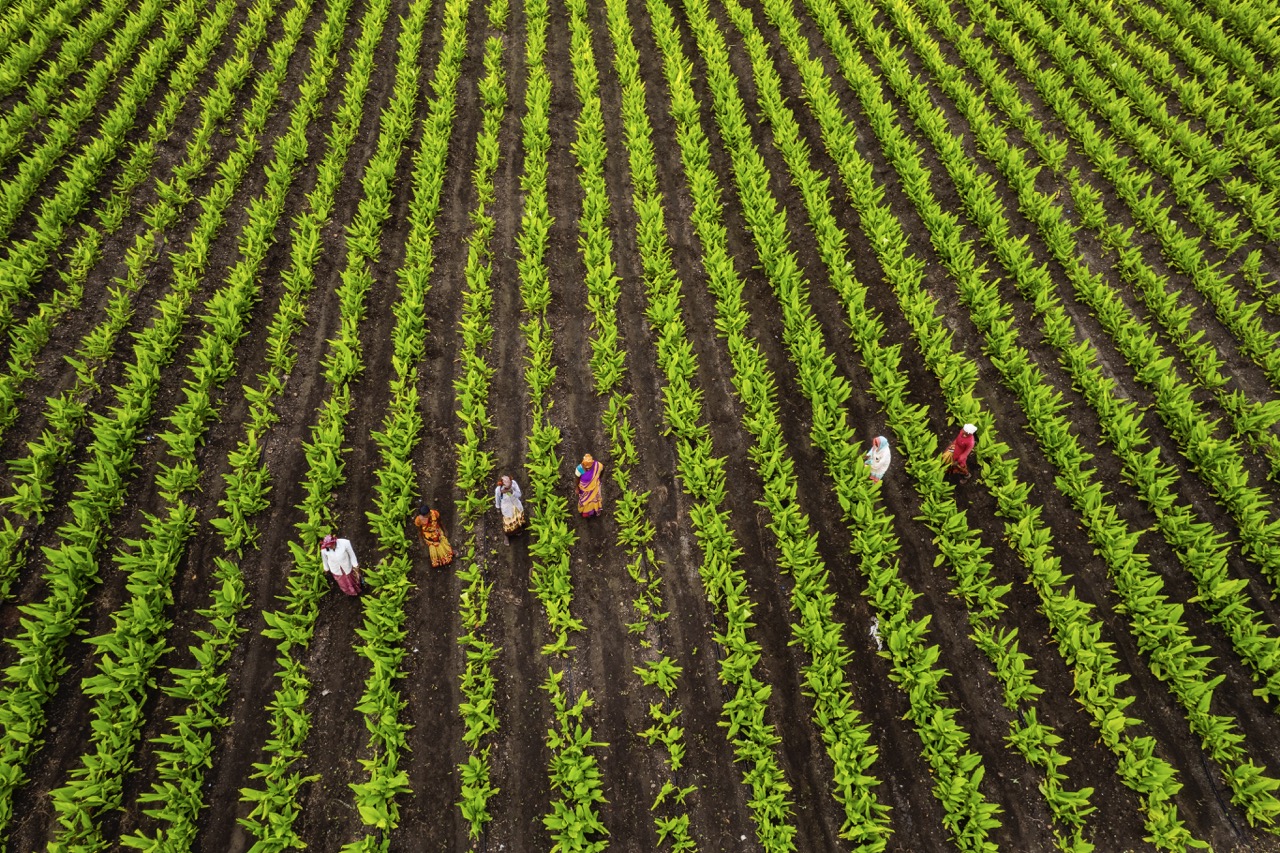In the realm of agriculture, particularly in sharecropping systems where landowners and farmers collaborate for mutual benefit, the practice of crop rotation has emerged as a cornerstone of sustainable farming. This age-old technique involves alternating the types of crops planted in a specific field across different seasons or years. By implementing crop rotation, sharecroppers can enhance soil health, increase economic viability, and contribute to sustainable farming practices. In this article, we will explore the multifaceted benefits of crop rotation within the context of sharecropping.
Understanding Crop Rotation: An Essential Sharecropping Practice
Crop rotation is a farming method that systematically changes the type of crop grown on a particular piece of land over time. This practice contrasts sharply with monoculture, where a single crop is cultivated continuously. In sharecropping systems, crop rotation is essential as it not only maximizes yield but also minimizes pest and disease proliferation. Each type of crop contributes differently to the soil’s nutrient profile, and rotating these crops can help maintain a balanced ecosystem.
Moreover, crop rotation allows sharecroppers to adapt to market demands more effectively. For instance, if a particular crop experiences a surge in market prices, a sharecropper can plan their rotation to include that profitable crop in the upcoming season. This flexibility not only helps local economies thrive but also empowers farmers to make informed decisions that can lead to better profitability and sustainability.
Finally, understanding the principles of crop rotation also fosters a sense of community among sharecroppers. Knowledge sharing about which crops perform best in various soil types and climatic conditions can lead to collaborative efforts, such as community planting days or shared resources, thus strengthening social ties in rural areas.
Enhancing Soil Health and Fertility Through Rotation
One of the most significant benefits of crop rotation is its positive impact on soil health. Different crops have varying nutrient requirements and root structures, which can lead to improved soil structure and fertility. For example, legumes like clover or beans fix atmospheric nitrogen into the soil, enriching it for subsequent crops such as corn or wheat, which require higher nitrogen levels. This natural fertilization process reduces the need for chemical fertilizers, promoting a healthier ecosystem.
Additionally, crop rotation helps disrupt pest life cycles. Certain pests may thrive on specific crops, leading to infestations when those crops are planted repeatedly in the same location. By rotating crops, sharecroppers can significantly reduce pest populations and minimize the risk of crop failures. This pest management strategy is particularly vital in sharecropping, where farmers often have limited resources to combat agricultural threats.
Furthermore, healthy soil contributes to better water retention and drainage, which is essential in diverse climates. Crop rotation encourages deeper root systems and enhances organic matter in the soil, resulting in improved moisture levels. This not only benefits the current crop but also sets a robust foundation for future planting seasons, ensuring long-term productivity.
Economic Advantages of Crop Diversity in Sharecropping
Integrating crop rotation into sharecropping arrangements can lead to substantial economic advantages for farmers. By growing a variety of crops, sharecroppers can diversify their income sources, minimizing risk associated with price fluctuations in single crops. If one crop fails due to disease or unfavorable weather conditions, the financial impact can be cushioned by the income generated from other crops, thereby promoting economic stability.
Moreover, crop rotation can lead to increased overall productivity. Studies have shown that rotating crops can result in higher yields compared to continuous cropping systems. This increased productivity is particularly beneficial for sharecroppers who are often working under constrained conditions and need to optimize every square foot of land available to them. Enhanced yields mean better returns and improved livelihoods.
Additionally, the practice can lead to reduced costs in pest management and fertilizer application. By naturally replenishing soil nutrients and managing pests, farmers can save significantly on inputs. These savings can be reinvested into the farming operation or can contribute to an enhanced quality of life for farmers and their families, ultimately fostering community growth.
Sustainable Farming: Long-Term Benefits of Crop Rotation
Crop rotation plays a pivotal role in promoting sustainable farming practices, particularly within sharecropping systems. By mitigating soil degradation and enhancing fertility, crop rotation contributes to the long-term health of agricultural land. Healthy soils are foundational to sustainable food systems, ensuring that land remains productive for future generations. This is especially critical in sharecropping, where the continuity of land use affects both the landowners and the farmers equally.
Moreover, adopting crop rotation practices supports biodiversity, which is vital for resilient ecosystems. A diverse array of crops attracts various pollinators and beneficial insects while deterring harmful pests. This biodiversity not only increases agricultural resilience but also helps maintain the delicate ecological balance that is often disrupted in monoculture systems. As awareness of environmental issues grows, sharecroppers who employ crop rotation can position themselves as stewards of sustainable agriculture, appealing to a market increasingly interested in eco-friendly practices.
Lastly, sustainable farming through crop rotation can help address global challenges such as food security and climate change. Healthy soils contribute to carbon sequestration, playing an essential role in mitigating climate change impacts. Thus, implementing crop rotation is not merely a practice for immediate benefits; it is a long-term strategy that aligns with global sustainability goals, ensuring that future generations can farm successfully while maintaining ecological integrity.
In conclusion, the benefits of crop rotation in sharecropping are manifold, encompassing enhanced soil health, economic viability, and sustainable agricultural practices. As sharecroppers continue to navigate the complexities of farming and market demands, embracing crop rotation can provide a pathway toward more resilient and profitable agricultural systems. By promoting biodiversity and ensuring soil integrity, crop rotation emerges as a critical strategy for sustainable farming—not only for the farmers but also for the communities and ecosystems they are part of. As the agricultural landscape continues to evolve, the lessons learned from crop rotation can guide future practices, ensuring a productive and sustainable farming legacy.










